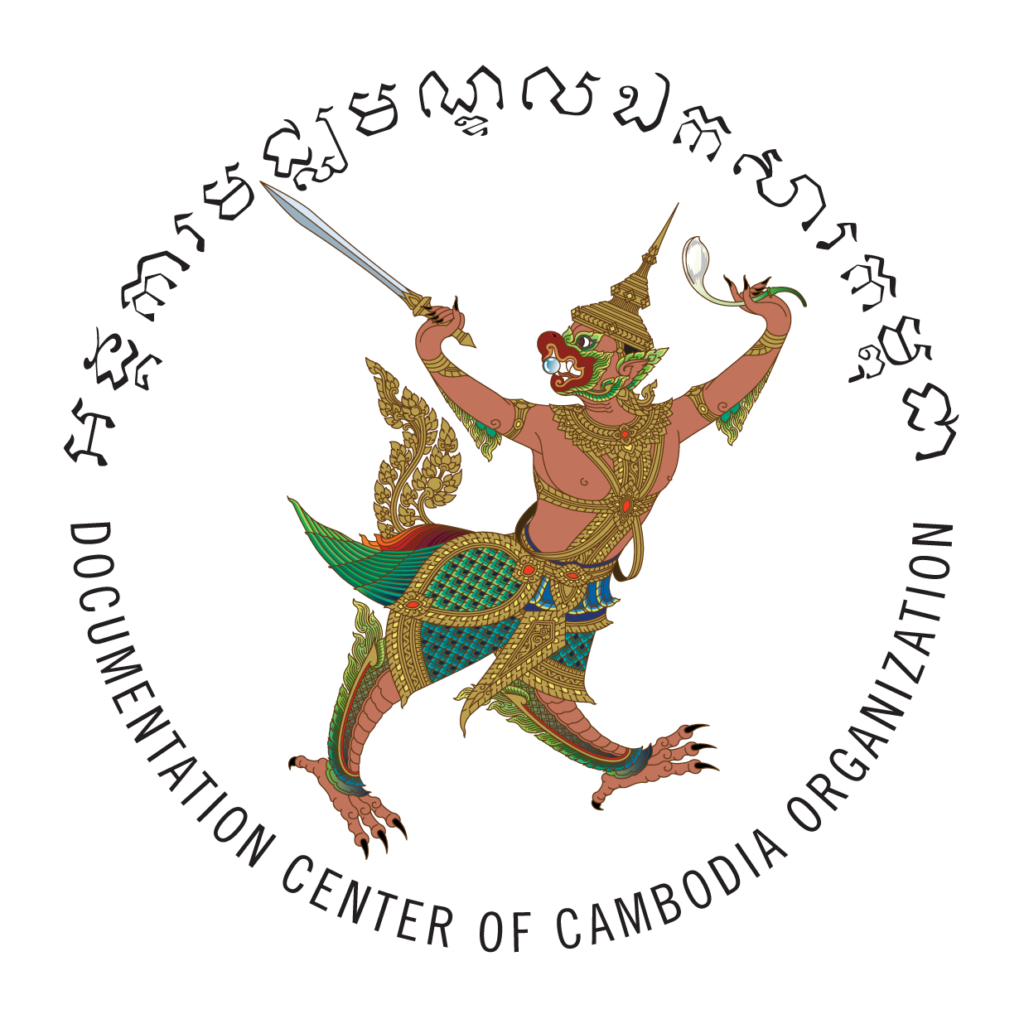We conducted a classroom forum on the history of Democratic Kampuchea (1975-1979) and the Anlong Veng community at Rumchek Secondary School in Anlong Veng district on July 18, 2019. The enthusiastic participation of forty-eight students was symbol of profound change since the time of their parents’ education. During the DK, and for years afterward in its area of control, the Khmer Rouge had closed this and other schools, abolishing any aspect of formal education. Instead, the KR revolution empowered the farmer-worker class which was economically poor but steadfast in its allegiance to the new regime.

The farmer-worker class has always represented the country’s majority. Redirecting socio-political power to this group, while also keeping it locked into desperate, uneducated conditions, was the strategy of the infamous Pol Pot and his government. This was his way of co-opting Cambodia’s largest social sector into his regime and preventing a potential force of political opposition. As Aristotle observed, “… In a democracy, the poor will have more power than the rich because there are more of them, and the will of the majority is supreme. It is also in the interests of a tyrant to keep his people poor, so that they may not be able to afford the cost of protecting themselves by arms and be so occupied with their daily tasks that they have no time for rebellion.” Surely, this resonates with the KR’s campaigns of forced labor to achieve its revolutionary goals. For them, trapping the masses in forced labor was more important than educating them.
Education was a long-term, time-consuming objective for which the Khmer Rouge leadership understandably had no patience. People of all ages were assigned to execute their tasks on a daily basis without a proper rest or food. The study of basic literature and mathematics was occasionally permitted during a short break under the shade of trees or cottages. That was not the type of proper education that many of top KR leaders—Khieu Samphan, Pol Pot, Ieng Sary, to name a few—obtained abroad (successfully or not). This raises the question of whether advanced study had benefitted the KR rulers or failed them. If they concluded that their education was irrelevant, they’d understandably fear that any effort to improve Cambodians’ capacity could run the risk of destabilizing their control over the people. Ultimately, the combination of limited knowledge and failures in their own personal education, such as with Pol Pot himself, convinced them that schools were a dangerous distraction from the imperative for huge development projects in the paddy fields. The people were needed for their hands, not their minds. Indeed, in this perspective, development of the mind could only lead to trouble. The regime taught that the only enlightenment necessary was within the KR elite, not among the ordinary masses.
The KR’s fall from power in 1979 ended the prohibitions against schools elsewhere in the country. In their remaining stronghold of Anlong Veng, though, the KR continued to stunt education. They ensured that only primary schools functioned, and only at a minimal level. Many of the forty-eight students’ parents are former KR members whose rights to education were stripped and who were obliged to serve the revolutionary cause. Against this ebb and flow over the last forty years, they are now beginning to take up the challenge to restore the modern concept of family morality by providing their children with access to a proper education through high school and beyond.
Among seven high and secondary schools in Anlong Veng, Rumchek is considered one of the oldest villages. It is legendary for a thick forest that blocks sunlight from penetrating through the trees. It is unusual for the dark history of the Khmer Rouge to be shared with today’s students by their parents, many of whom served the movement until its final reintegration into the government in 1998. Nonetheless, we can observe the students’ great curiosity in their general education as well as about the KR history. They shared with us their prior knowledge as well as their questions.
DC-Cam’s team has had the chance to bring the KR history to the school children as part of our nationwide effort. Prior understanding of students in Anlong Veng, of course, has been especially limited due to the connection of parents to the revolutionary movement both during 1975-1979 and through 1998 in this stronghold area. For its initial evaluation, the team asked each of the forty-eight participants to write a brief summary of what they know about the KR history nationally or locally. Overall, responses mentioned starvation, summary executions, forced evacuation, and the closure of school system. They were then asked to write one question about the history that they were most anxious to get an answer. Among these questions, a notable one asked why, prior to the KR, the rich had suppressed the poor.
DC-Cam evaluated student responses to the forum. Overall, 89 percent agreed that it was a good and useful event. Our statistics show that 35 percent of participants described themselves as enthusiastic about gaining more knowledge in this area. Between 92 percent and 98 percent felt that they are able to memorize the history, express empathy for KR survivors, and support initiatives that would help prevent the genocide from happening again, build peace and promote reconciliation and healing.
APPENDIX I: SURVEY RESULTS – By: Sout Vechet
